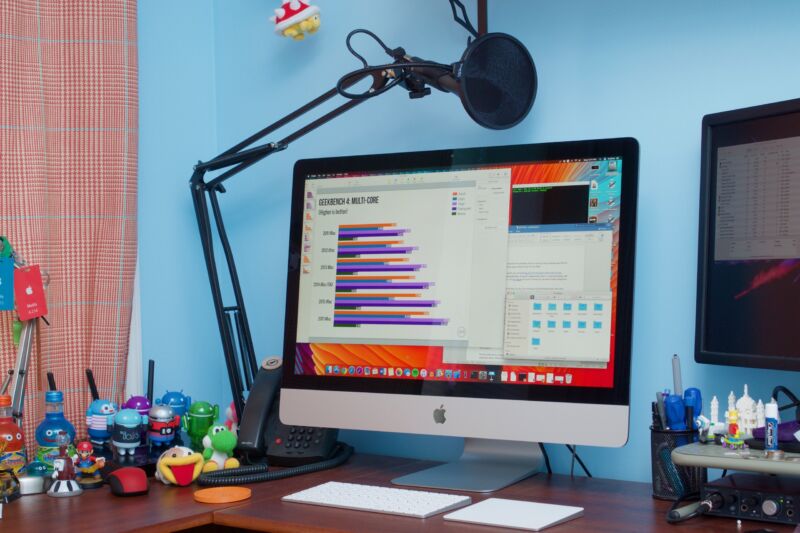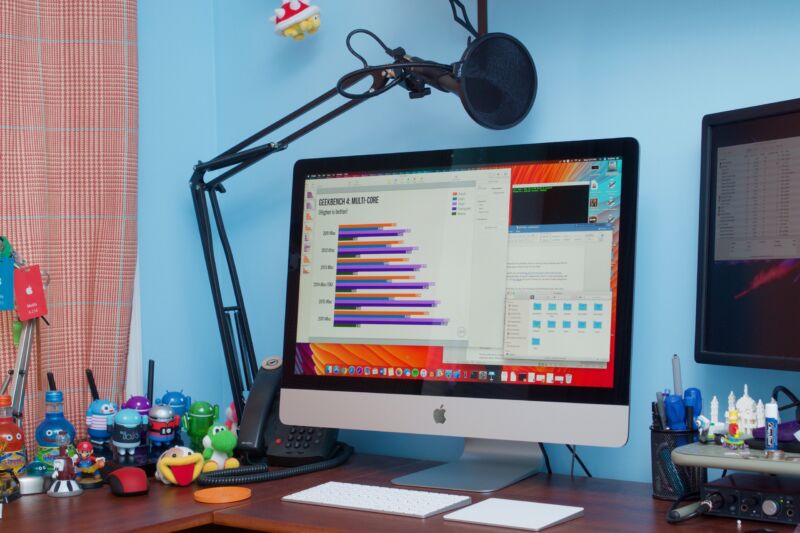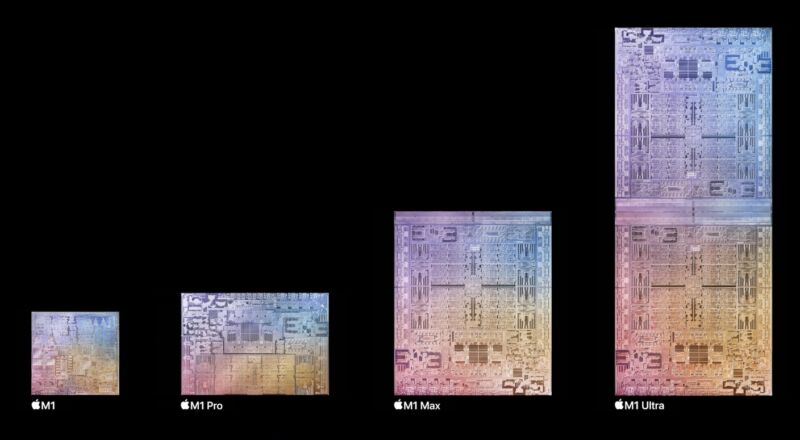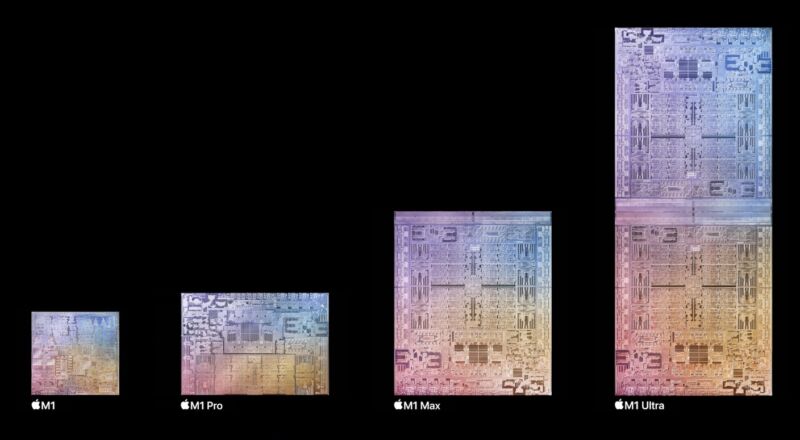
Enlarge / Where has the 27-inch iMac gone? (credit: Andrew Cunningham)
For years, Apple’s 27-inch iMac was the company’s best desktop. The device was updated frequently with new processors and GPUs, unlike either the Mac mini or the Mac Pro, and its 5K Retina display was an excellent high-resolution screen. Its design was even the basis of the iMac Pro, an even-more-powerful desktop that Apple released to prove that it was still committed to its high-end pro users.
But the future of the big-screened iMac is currently in doubt. Following the announcement of the screen-less Mac Studio desktop today, the 27-inch Intel iMac disappeared from Apple’s online store. The 24-inch iMac is currently the only iMac referenced in the navigation bar, and all existing direct links to its 27-inch counterpart now redirect to the Mac page. Even more mystifying, Apple CEO Tim Cook said that there was only “one more” Mac that had yet to make the transition to Apple Silicon—and the system he named was the Mac Pro, not the larger iMac.

The Apple Store’s navigation bar only mentions the 24-inch iMac, and links to the 27-inch model all redirect. (credit: Apple)
Don’t hold a funeral for the big iMac just yet. Persistent rumors from multiple sources have suggested for months that a new big-screened Mac all-in-one is in the works. According to those rumors, the device would combine a large Mini LED screen with the higher-end versions of Apple’s processors. The best information we currently have suggests that the all-in-one could be unveiled sometime in the summer, possibly at Apple’s yearly developer conference. The Apple Silicon Mac lineup has been full of surprises, from the company re-embracing chunky notebooks to the existence of the tiny Mac Studio workstation. Maybe the new large-screened iMac is the Mac Pro, or maybe Apple plans to announce some other kind of branding for it entirely.



















